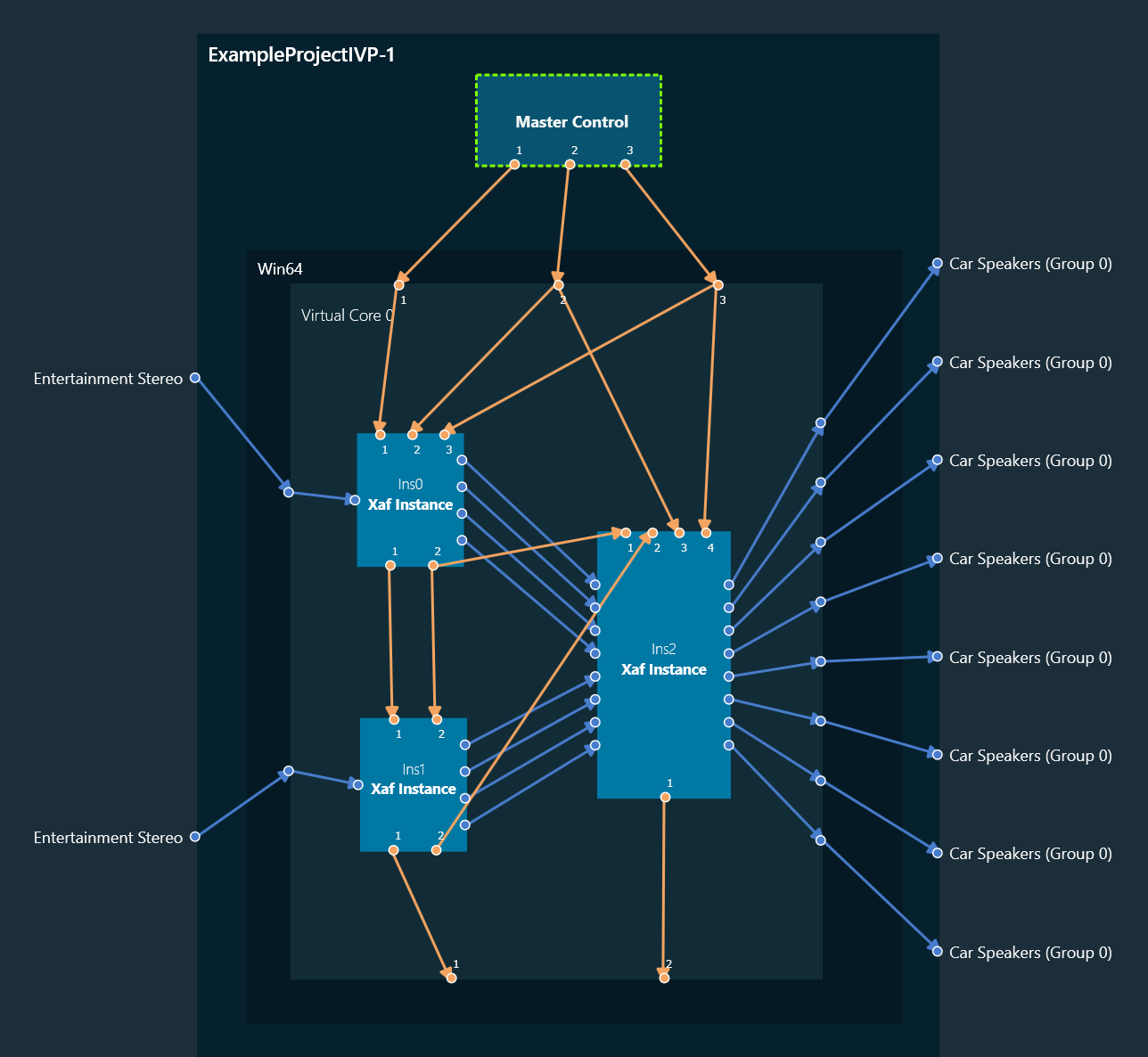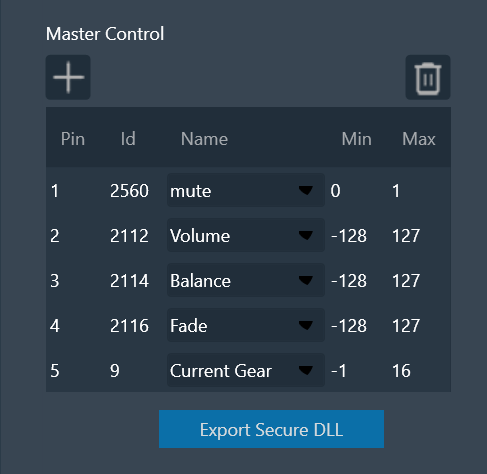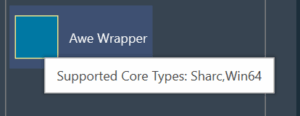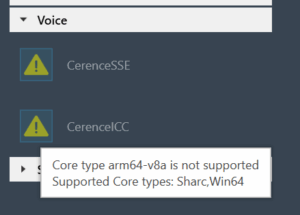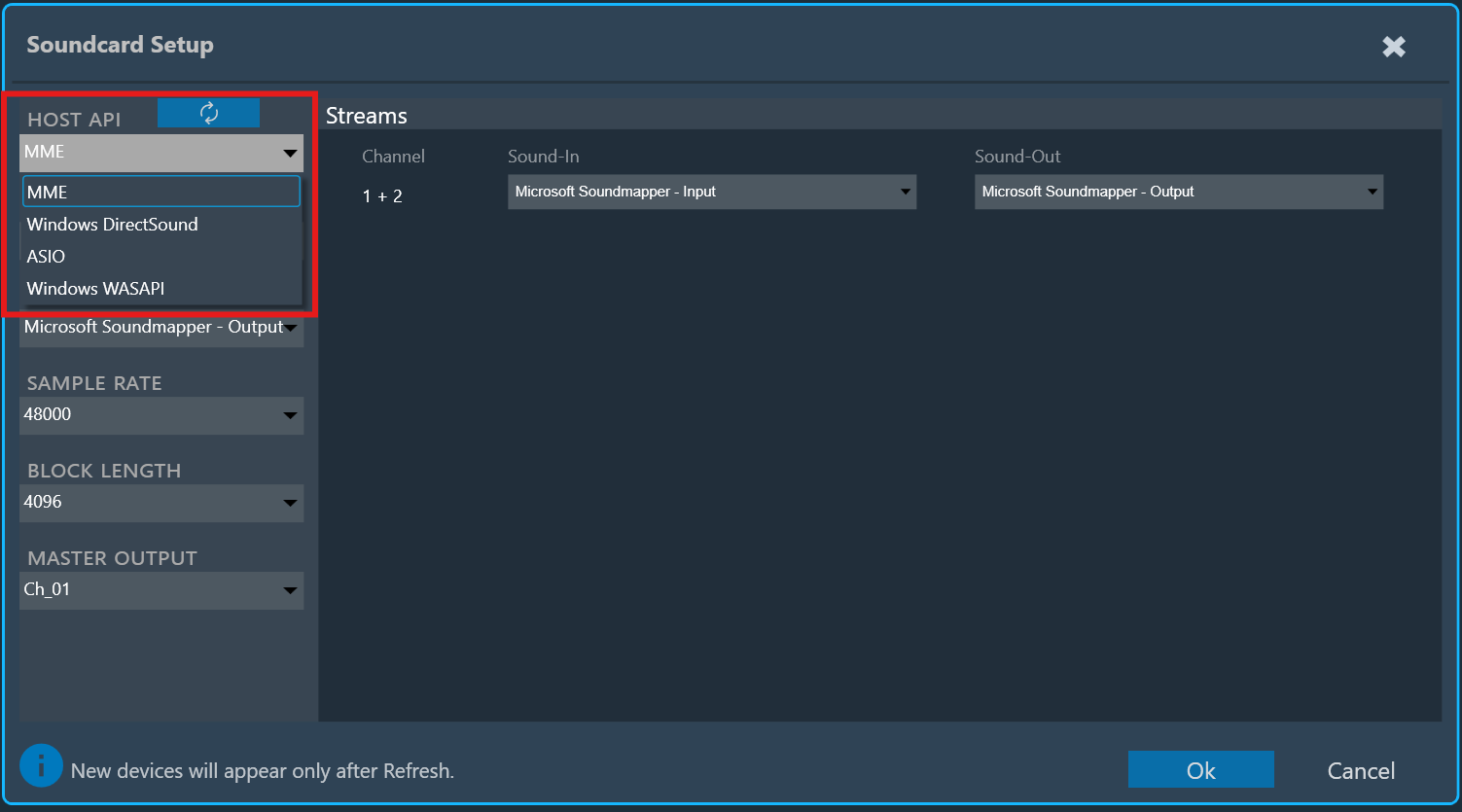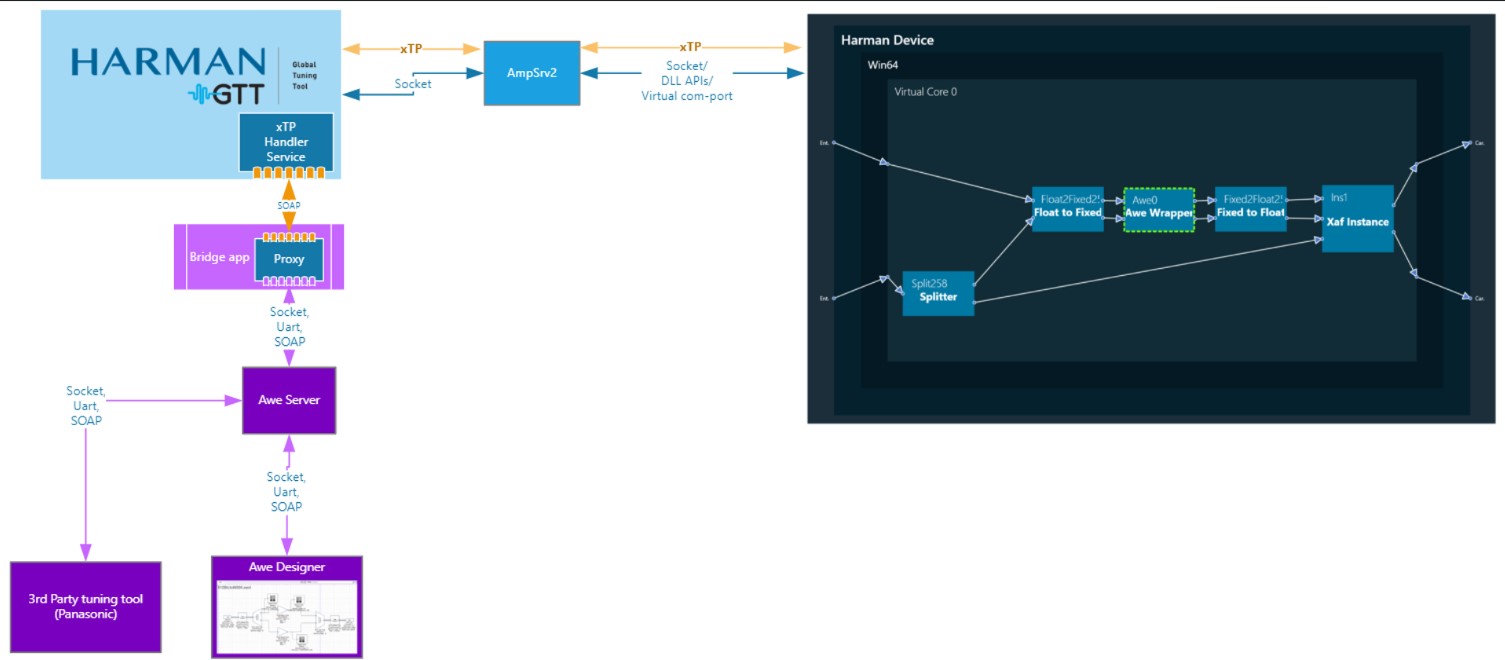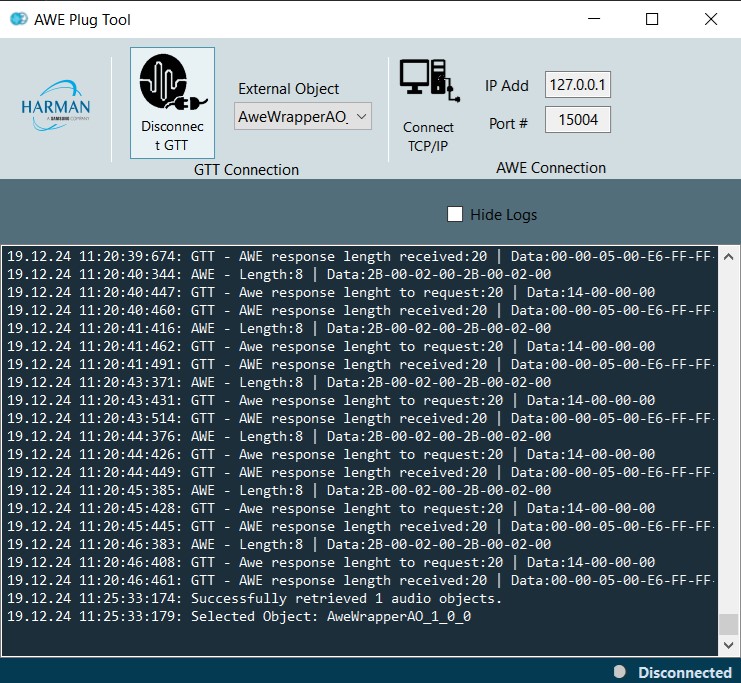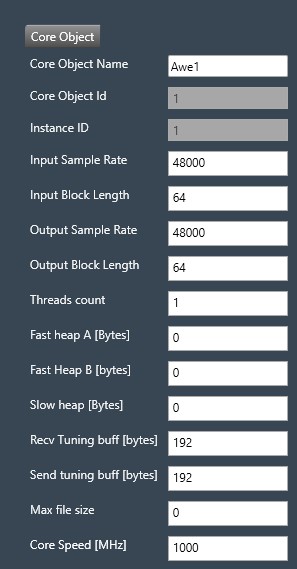Securing AWX Audio Object
Custom Actions on Slot Load
- Ability to configure Swoosh Mode in Core Object Configuration in slot map.
- Automatically modify core object id in preset controller
- Auto delete configured custom action when the instance is deleted from device designer /when Audio Objects deleted from signal flow
- UIUX enhancements for custom actions
- Control Refresh in custom action.
Halosonic Feature Updates
- End Of Line Native Panel Request
- GNS Panel ‘Add Grain’ sets field to 0
- RNC flexible configuration native panel
Native Panel and Update
- Power Manager Panel Updates
- Biquad Panel Updates
- LUT Panel Undo Redo Feature
- LUT Customizable Label for axes
GTT Performance Improvements
- Save SFD Optimization
- Device View Optimization
- Import Project Optimization
IVP/RTA Feature Updates
- Example projects for IVP, StarterKit and VST3 with pre-configured for better user experience
- Ability to share Calibration between MM and RTA.
- Zoom to gates for X and Y-axis in RTA
- Ability to perform Math Functions with Target Curves in RTA
- Average SPL value on the averaged graph in RTA
- Implement D weighting for live traces.
- Option to include comments/notes in RTA Export graph for Text Format
Auto Eq Updates
- Show crossover filters in chart
- EQF file export
- Ability to access Use case configuration of mic weighting, delay/time alignment and inter region gain alignment from(.ini) file,
- Enhanced Display for Summed Speaker Frequency Response
- Plot Target curve from 20 Hz to SuperUserParams/Max Frequency -Panel
Central Viewer Feature Updates
- Ability to Customize the measurement curves (color, thickness, etc)
- Central Viewer Graph Axis Improvements for better User experience.
- Zoom to gates for X and Y-axis in Central Viewer
- Central viewer to accept RTA measurements.
- Include comments/notes in Export Graph Data in Text Format Central Viewer
Measurement Module Updates
- Common Name for measurement data for between rows
- Ability to show session notes in MM Window
- Export incomplete or faulty measurement with warning
Change Requests Addressed
- COCINTC-6553-CAO content ignored when importing a new project with the same CAO name
- COCINTC-6860-[HALOSonic][RNC] RNC flexible configuration native panel development
- COCINTC-8206-[HALOSonic][EOL] End Of Line Native Panel Request
- COCINTC-8153-GNS Panel ‘Add Grain’ sets fileid to 0
- COCINTC-8207-Some concerns regarding CRC checksum and versioning “copy button”
- COCINTC-8208-GTT LUT Undo feature
- COCINTC-8210-GTT LUT Customizable axis labels
- COCINTC-7476-AutoEQ: Use case configuration: mic weighting, delay/time alignment, inter-region gain alignment
- COCINTC-8312-Enhanced Display for Summed Speaker Frequency Response
- COCINTC-7596-AutoEq – Plot target curve from 20 Hz to SupUserParams/Max Frequency
- COCINTC-7263-Expose Help button to Menu Bar
- COCINTC-8217-Improve memory report headers
- COCINTC-7844-Add “AudioObject Type” column to exported files
- COCINTC-6014-Clone Project
- COCINTC-8158-We need GTT the central viewer to accept RTA measurements.
- COCINTC-8170-Text format export graph data to have comments/notes in RTA and Central Viewer
- COCINTC-8279-RTA Implement D weighting for live traces
- COCINTC-8220-Should be able to export incomplete or faulty measurement with warning
- COCINTC-8243-Request GTT to support modify XTP Response Timeout time based on AWX-T+
- COCINTC-8255-Failing to open GTT Project
- COCINTC-7546 -AWX to support control “refresh” after set file loading
- COCINTC-7543 -AWX to support object bypass/mute/stop without dependency on platform/BSP
- COCINTC-5826 – Improvement for sending Master Control signal after EQ switch
- COCINTC-8102 Very long project loading time of pipeline


